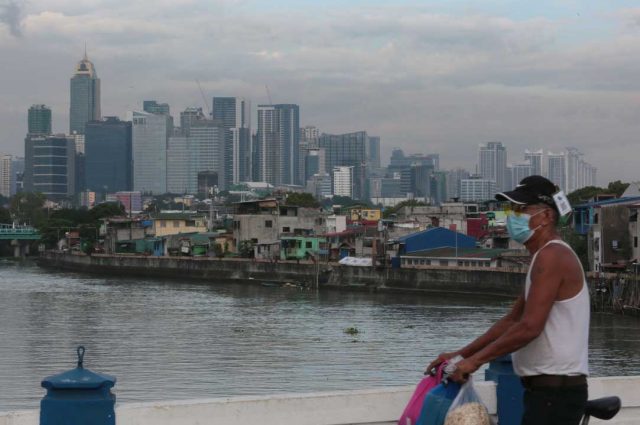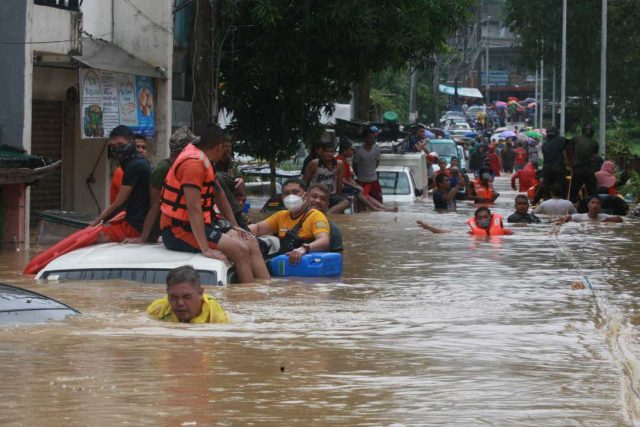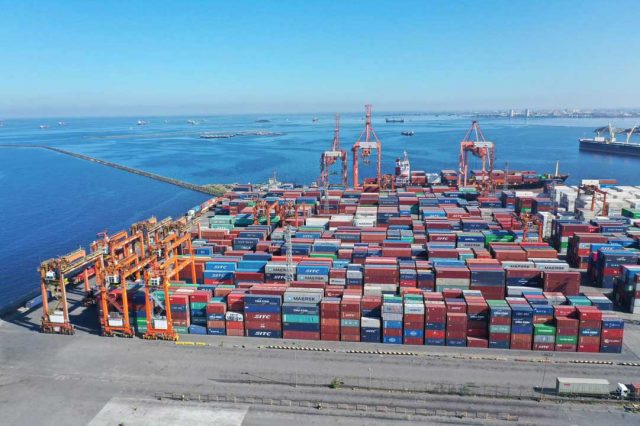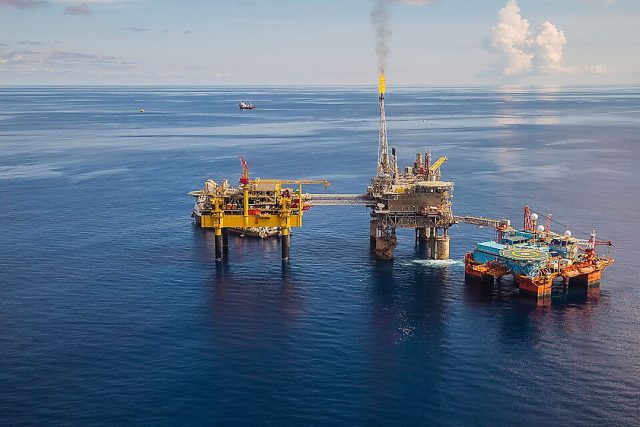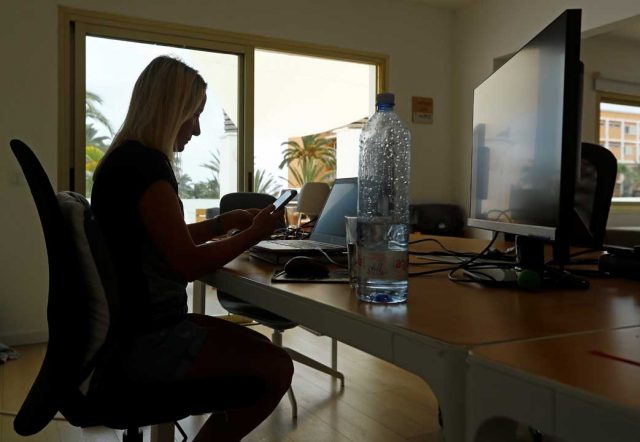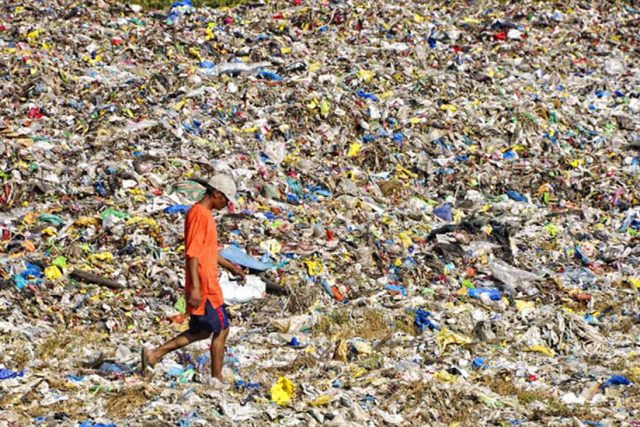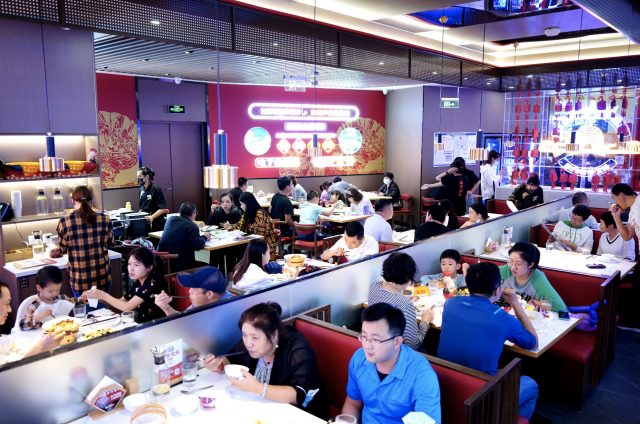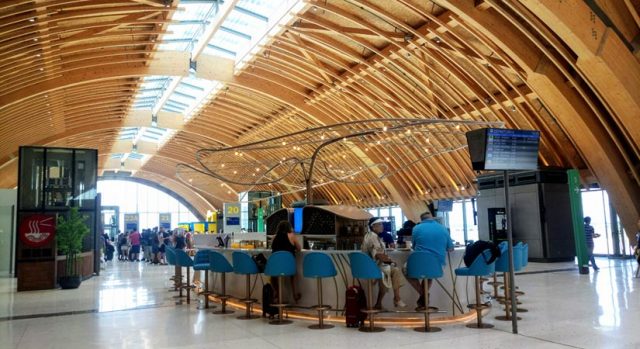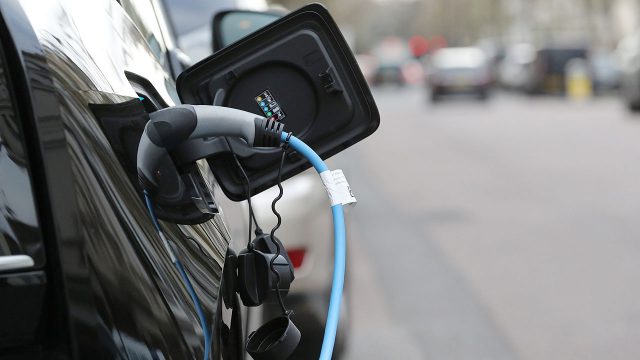Economic outlook brightens but risks to recovery remain
THE PHILIPPINES is poised to end the year with a stronger economic growth, after a better-than-expected third quarter, experts said at the BusinessWorld Virtual Economic Forum (BW VEF) on Wednesday.
However, questions remain whether the country’s economic rebound is gaining solid traction as experts cited elevated inflation, growing debt and industry losses as risks to growth.
“Given the new third-quarter GDP (gross domestic product), it looks like growth could be a little bit higher than what we were expecting, so probably somewhere between 5% to 5.5% [this year],” Sagarika Chandra, director for Asia-Pacific Sovereigns at Fitch Ratings said at a panel discussion on the first day of the BW VEF.
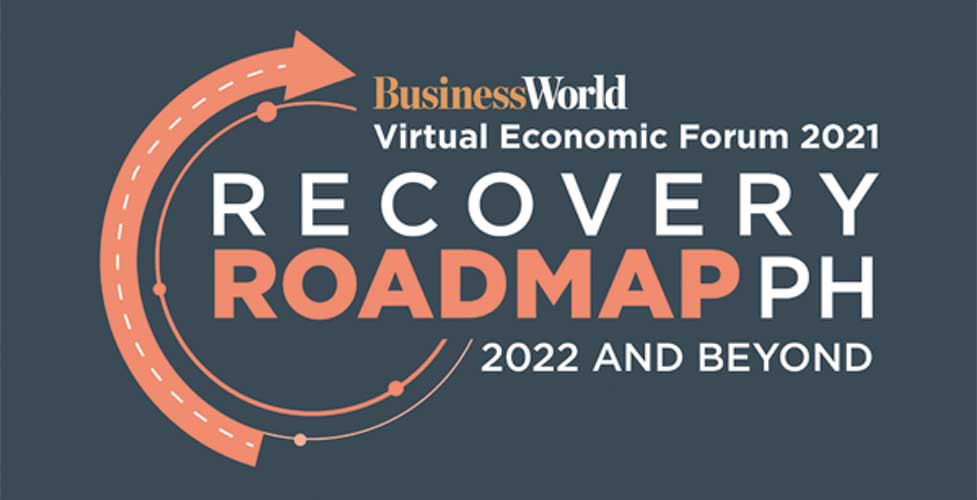
Fitch’s latest GDP outlook is more bullish than its 4.4% estimate given in October, and the 4-5% full-year growth target of the government.
Moody’s Analytics Chief Asia-Pacific Economist Steven Cochrane said the GDP forecast for this year “will be up a little bit” from its earlier estimate of flat 4% GDP growth.
“We actually were looking at 2023 [for the GDP to return to its pre-pandemic level. But then the improvement in the third-quarter number has improved the outlook, enough to bring this back to the end of next year,” he said during the same panel discussion.
Iluminada T. Sicat, senior assistant governor at the Monetary Policy Subsector of the Bangko Sentral ng Pilipinas, said the country’s resilient banking industry will help to boost recovery through improved credit activity.
“The banking system is reasonably well-capitalized and well-provisioned. Hence, banks will continue to be in a position to continue lending to support the economy,” she said.
The Philippine economy expanded by 7.1% year on year in the July to September period, beating market expectations. It also rose by 3.8% quarter on quarter.
In a statement sent Tuesday evening, the Finance department cited the wide range of third- quarter GDP growth estimates of 26 private economists it was tracking as a sign of current uncertainty.
The statement quoted Finance Undersecretary Gil S. Beltran, the department’s chief economist, as noting that the analysts’ closest projection of 6.5% was still off by 0.6 percentage point from the third quarter’s actual 7.1%. “The wide range of outlook… shows high level of uncertainties,” Mr. Beltran said.
He said that better management of COVID-19 risks through more directed local lockdowns and increased vaccination “should be able to help in the safe and gradual reopening of the economy and bring back investor confidence.”
The third-quarter growth rate, he added, show “sustained recovery” despite two weeks of strict lockdowns in Metro Manila and adjacent provinces in the same period.
Still, experts warned that it is too early to say if the country is headed for a sustained, solid recovery.
Changyong Rhee, director of the Asia-Pacific Department at the International Monetary Fund, said that medium-term scarring stands out in many emerging and developing economies in Asia.
“The divergence between Asian advanced economies and emerging and developing economies is deeply affected by differences in policy support and vaccination coverage,” Mr. Rhee said in his keynote speech at the BW VEF.
Moody’s Analytics’ Mr. Cochrane said it might take until 2026 for the Philippines to return to its pre-pandemic growth trend, reflecting the economic scars from the pandemic.
Meanwhile, Fitch’s Ms. Chandra said the Philippines saw the steepest decline in terms of investments in the region, which is crucial to economic growth.
In July, Fitch downgraded its outlook to the country’s “BBB” rating from “stable” to “negative,” citing the impact of the prolonged pandemic crisis.
“We’re still a bit cautious on our internal forecasts. It might have just been a bump, just the base effect,” she said.
The economy shrank by a record 9.6% in 2020.
SUSTAINABILITY IS KEY
Meanwhile, some of the country’s top CEOs are optimistic that 2022 will be a better year for the business sector, as they see sustainability as a driver of economic growth and long-term profitability.
“For our business clients, we aim to accelerate their ESG (environmental, social, and governance) awareness and we together we hope to achieve growth and profitability through the adoption of these principles and another E for economic growth,” Bank of the Philippine Islands President and Chief Executive Officer (CEO) Jose Teodoro “TG” K. Limcaoco said at a separate panel discussion at the BW VEF.
“Businesses should be making sure that profitability is not the only thing they are looking out for, it’s making sure that people are taken care of,” he added.
While he has a positive outlook for next year, Mr. Limcaoco noted some caution should still be applied as there are still COVID-19 cases and there is a need for booster shots.
Joseph Sigelman, chairman and CEO of the AG&P Group, said the company is now “above pre-pandemic levels” in terms of infrastructure rollout and construction business.
“I think we see a very, very strong pipeline for all sorts of infrastructure development, which lays the foundation for future growth,” he said.
Jaime T. Azurin, president and CEO of Meralco PowerGen Corp., noted energy consumption is now nearer the pre-pandemic level.
“In the power generation business, it will take decades for us to be able to switch into a sustainable energy. We have to ensure in just affordable and orderly transition, because investments are huge, and we have to continu-ously provide electricity to a growing economy like the Philippines,” he said.
Raoul Antonio E. Littaua, president and CEO of Insular Life Assurance Co., Ltd., said he hopes the pandemic has made policy makers realize the need to incorporate financial education in schools.
“There’s the threat of new variants and even new pandemics… I think the number one concern next year is to more effectively reach the 90% of Filipinos who are either uninsured or under insured,” he said.
Miguel G. Belmonte, president and CEO of BusinessWorld, in his opening remarks said the road to the country’s full recovery will be “full of bumps and turns (but) experts see many signs of hope, the so-called light at the end of the tunnel.” — Luz Wendy T. Noble

